Florence, Italy
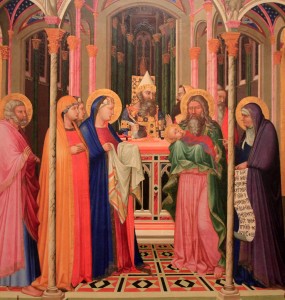
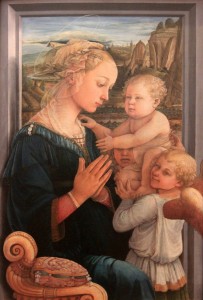
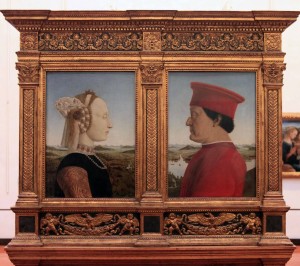
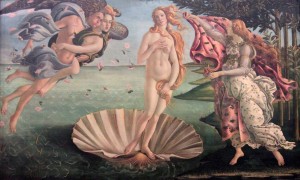
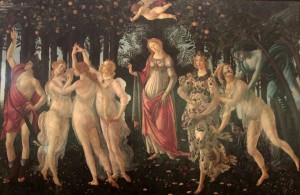
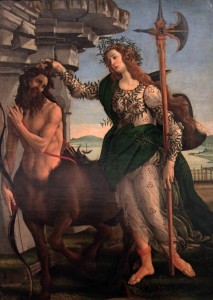
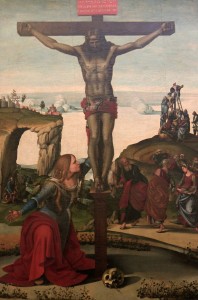
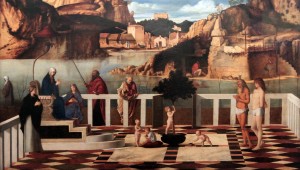
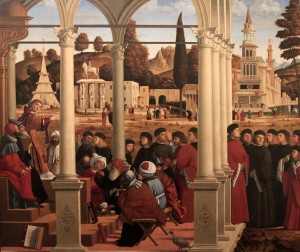
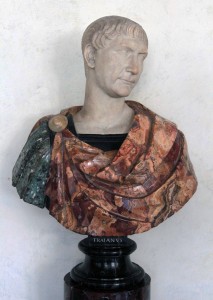
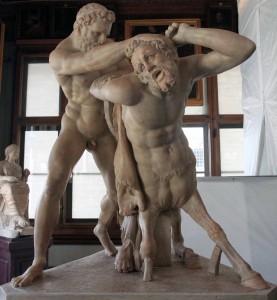
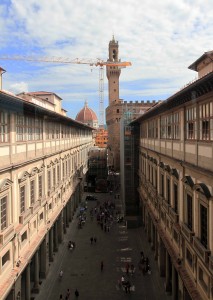
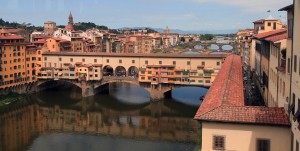
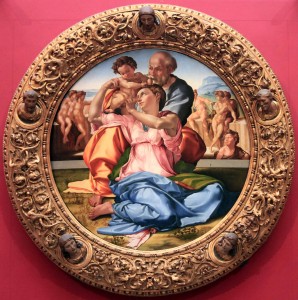
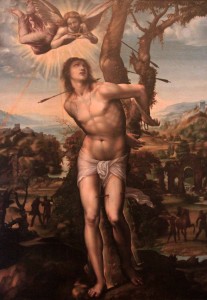
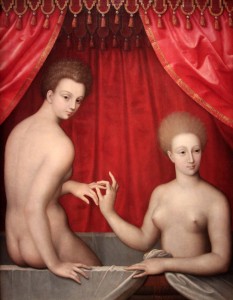
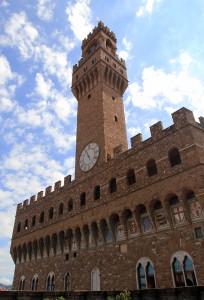
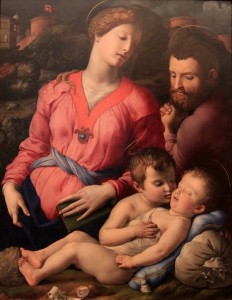
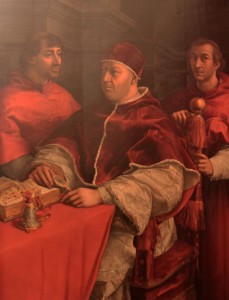
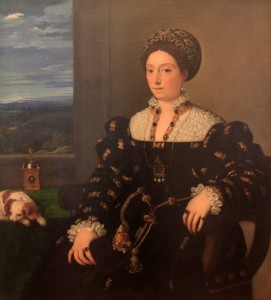
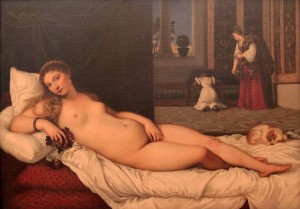
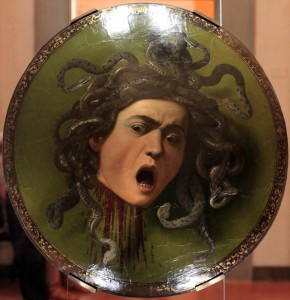
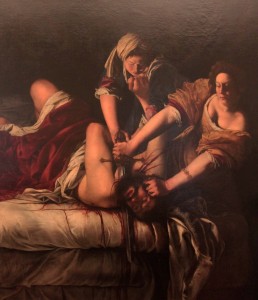
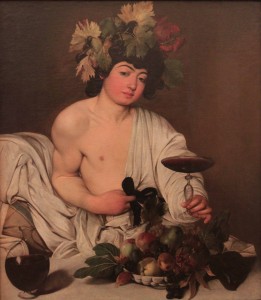
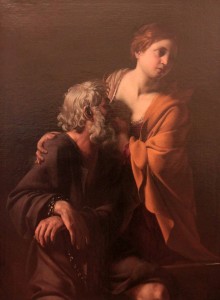
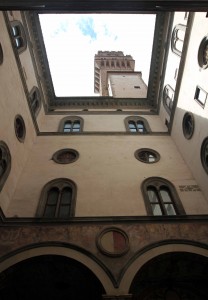
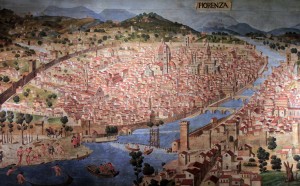
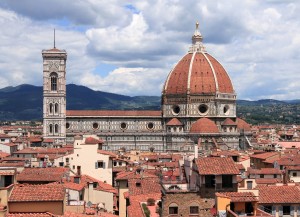
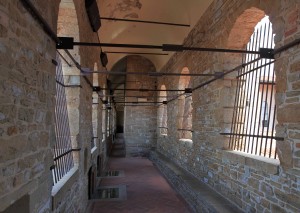
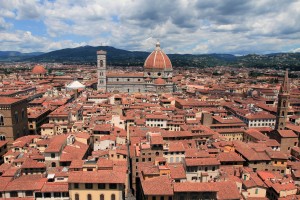
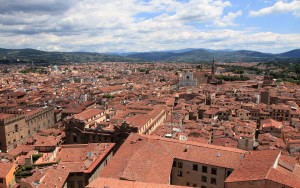
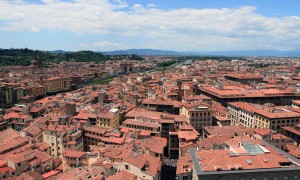
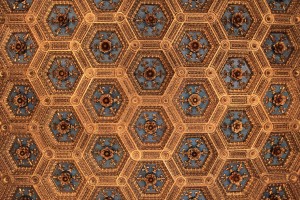
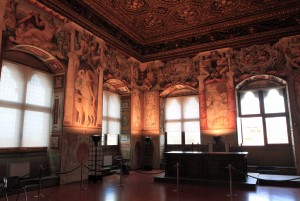
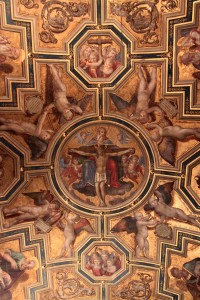
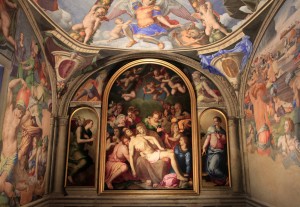
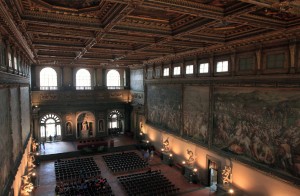
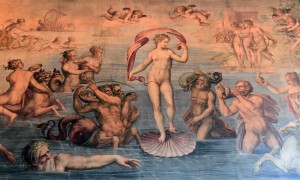
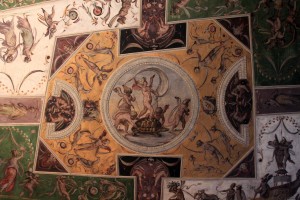
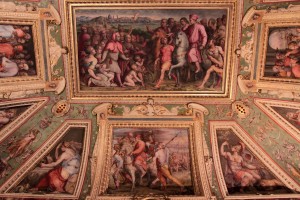
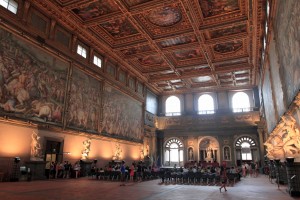
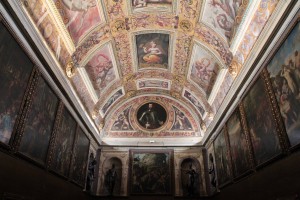
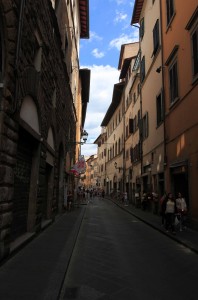
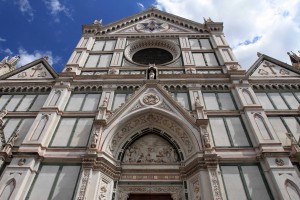
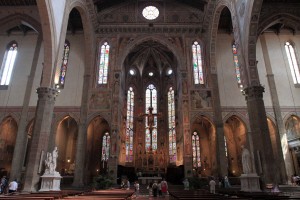
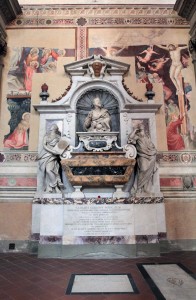
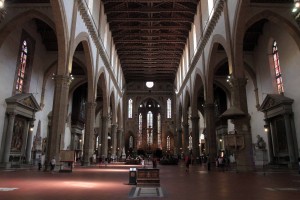
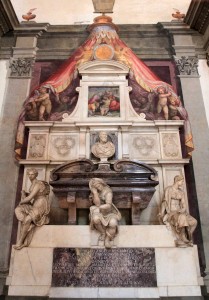
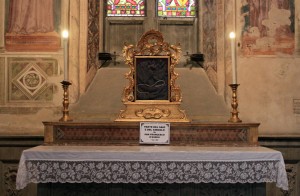
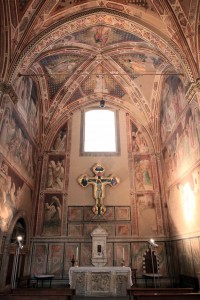
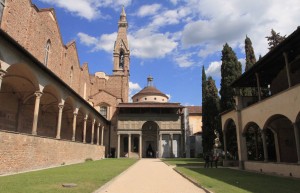
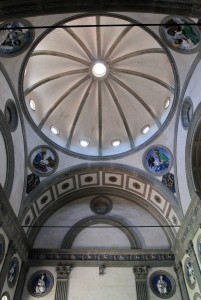
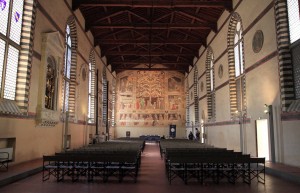
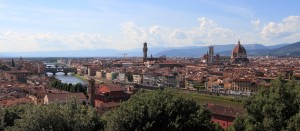
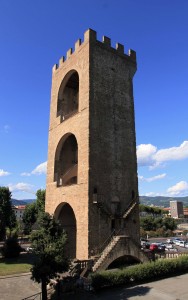
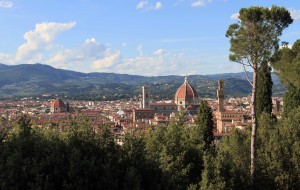
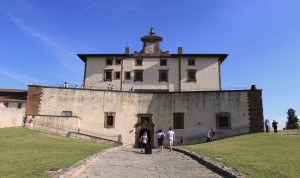
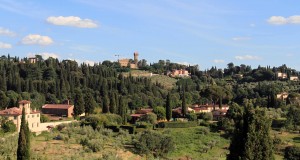
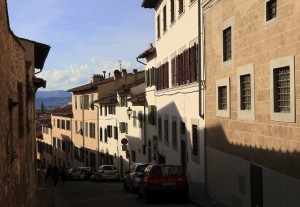
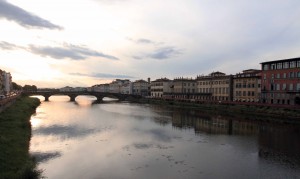





I hit snooze on my alarms and slept in an hour later than I would’ve liked. I finally woke up at 07:50, showered, dressed, got ready, and made my way out of the hostel and to the Uffizi Gallery. I reached the Uffizi Gallery after 09:00, waited in line, bought my ticket, and began to explore the vast collection of artwork inside. The Uffizi Gallery is one of the oldest art museums in the world; it was originally open to visitors by request in the sixteenth-century AD and then opened to the public in 1765 AD; the gallery is housed inside a building that was originally constructed to accommodate the offices of the Florentine magistrates (hence the name uffizi, which means “offices”), which was completed in 1581 AD. Inside were many sculptures and paintings, with well-known masterpieces by Sandro Botticelli (e.g. ‘La Primavera’ and ‘Birth of Venus’), Filippo Lippi (e.g. ‘Madonna and Child with Angel’), Leonardo da Vinci (e.g. ‘Annunciation’ and ‘Adoration of the Magi’), Titian (e.g. ‘Venus of Urbino’ and ‘Flora’), Raphael (e.g. ‘Madonna of the Goldfinch’ and ‘Pope Leo X and Family’), Michelangelo (e.g. ‘Doni Tondo’), Caravaggio (e.g. ‘Sacrifice of Isaac’, ‘Medusa’, and ‘Young Bacchus’), Pieter Paul Rubens (e.g. Triumph of Henry IV in Paris’), Francisco Goya (e.g. ‘Portrait of María Teresa’), and many others. This gallery was very impressive and I took three hours to walk through all of it, which was just enough time to see everything, but not necessary enough time to enjoy it (there is too much to see in Florence). Once done touring the Uffizi Gallery, I exited out of the building and walked to the Palazzo Vecchio (which means ‘Old Palace’, named so when the Medici duke’s residence was moved across the Arno to the Palazzo Pitti). The Palazzo Vecchio is a massive, Romanesque, crenellated fortress-palace that was built in the fourteenth-century AD; at its entrance, is a replica of Michelangelo’s statue of ‘David’, which used to stand there between 1529 and 1851 AD, until it was moved to the Galleria dell’ Academia. I entered inside the Palazzo Vecchio and bought a ticket for the museum and the tower. I first entered inside a free museum and looked around at the artwork showcasing Florentine life and how the city looked in the past. Then, I walked up the stairs to the tower entrance and waited in line for about thirty minutes before I was able to proceed up to the top of the tower. At a couple levels on my way up to the tower, I had great views of all of Florence (very impressive); at the very top, the views were not so great due to a barrier rope placed to keep visitors from approaching the walls and looking over the edge. Once done looking around the tower, I descended the steps and entered in to the royal apartments in the Palazzo Vecchio, walking through the museum backwards. I walked through each apartment, looking at the painted walls and ceilings, as well as whatever artwork was displayed inside. I made my way through the second floor and then descended to the first floor, finishing up in the massive Salone dei Cinquecento. After finishing touring the inside, I walked through the two courtyards before exiting out in to the Piazza della Signoria. I then made my way past the Cattedrale di Santa Maria del Fiore (the Florence Cathedral), however it was too late for me to think about exploring the Cathedral and all her wonders (it being past 15:00), so I walked to the Basilica di Santa Croce (“Basilica of the Holy Cross”). As I reached the Basilica, I came across the bleachers and field set up in Piazza Santa Croce (as the name suggests, the piazza is located in front of the Basilica), ready for the Calcio Storico Fiorentino finals due to take place on June 24th (I enquired at the hostel about possibly obtaining tickets, but was told they were all sold out; I was given the option to pay a high price and watch the games from a private apartment, but I declined since it would not be the same and the apartment no doubt would’ve been crowded and hot (air-conditioning is a luxury not practiced by most of the world)). I entered inside the Basilica, paid for my entrance ticket, and began exploring the areas open to the public. Basilica di Santa Croce is the principal Franciscan church in Florence and was built in 1385 AD and consecrated in 1443 AD; it is the burial place for many notable Italians, such as Michelangelo, Galileo, Machiavelli, Foscolo, Gentile, and Rossini, thus it is known also as the “Temple of the Italian Glories” (in Italian: “Tempio dell’Itale Glorie”). I walked around the interior of the church, looking at the various paintings, sculptures, chapels, and tombs. I then left the building and walked through a leather-making school which was not in operation at the time. I then walked around the outside Basilica, reentered it, and exited out in to its cloister. Next, I walked in to the Pazzi Chapel, viewed the inside, and then walked through the Refectory, viewing all the artifacts, reliquaries, paintings, and sculptures on display in there. After touring the Basilica di Santa Croce, I walked southeast to the Piazzale Michelangelo, which is located on a highpoint on the south side of the Arno River; at the Piazzale Michelangelo, there were many vendors selling meats, cheeses, snacks, and souvenirs; there were also great views of the city and surrounding countryside (Tuscany is like a beautiful dream). After taking a number of photographs from that height, I returned down to the Arno River and walked to Forte dei Belvedere (“Fort Belvedere”), the second and largest fortress to be built in Florence, which was designed and built by Bernardo Buontalenti over a five year period, between 1590 and 1595 AD, by order of Grand Duke Ferdinando I de’ Medici. There wasn’t much to the fort for visitors other than walking through a building there and to having more grand views of Florence and the surrounding area; there was also a contemporary art exhibit by Antony Gormley, called ‘HUMAN’, which consist of various human statues in different poses and sometimes pile on top of one another. After walking around the fort, I made my way to the Boboli Gardens (the Pitti Palace gardens), but when I reached the ticket booth, I discovered that the ticket to the gardens is the same for Pitti Palace; it was now 18:25 and with the palace and gardens closing at 19:00, it made more sense to save this attraction for another day. So I headed back down to a market near Ponte Vecchio and bought a small bottle of Chianti and some iced tea to rehydrate with. I then walked back to the hostel, dropped the bottle of Chianti off next to the bottle of wine I had bought yesterday, and then soon left the hostel to find a restaurant to eat at. I wandered around the city, passing by the Ponte Vecchio Bridge, bathed in the orange-reddish light of the setting sun, until finally coming to restaurant where I had a glass of beer, bruschetta pomodore e mozzarella (toast bread with tomatoes and mozzarella cheese), and a Napoli pizza (anchovies, capers, and oregano). After dinner, I returned to the hostel and went through photographs from today. Later on, I opened the bottle of Italian white wine I had bought yesterday, and drank its contents (the wine was crafted from Vernaccia grapes and tasted of flowers and tropical fruits; it also had a damn good woody taste to it. “GONE!”). After finishing that bottle, I opened the small bottle of Chianti (375 mL) and began drinking its contents (it tasted of blackberries, black cherries, and plums). Then, as I was watching Monty Python’s ‘And Now for Something Completely Different’, I fell asleep on the couch in the common room, at nearly 03:00.
